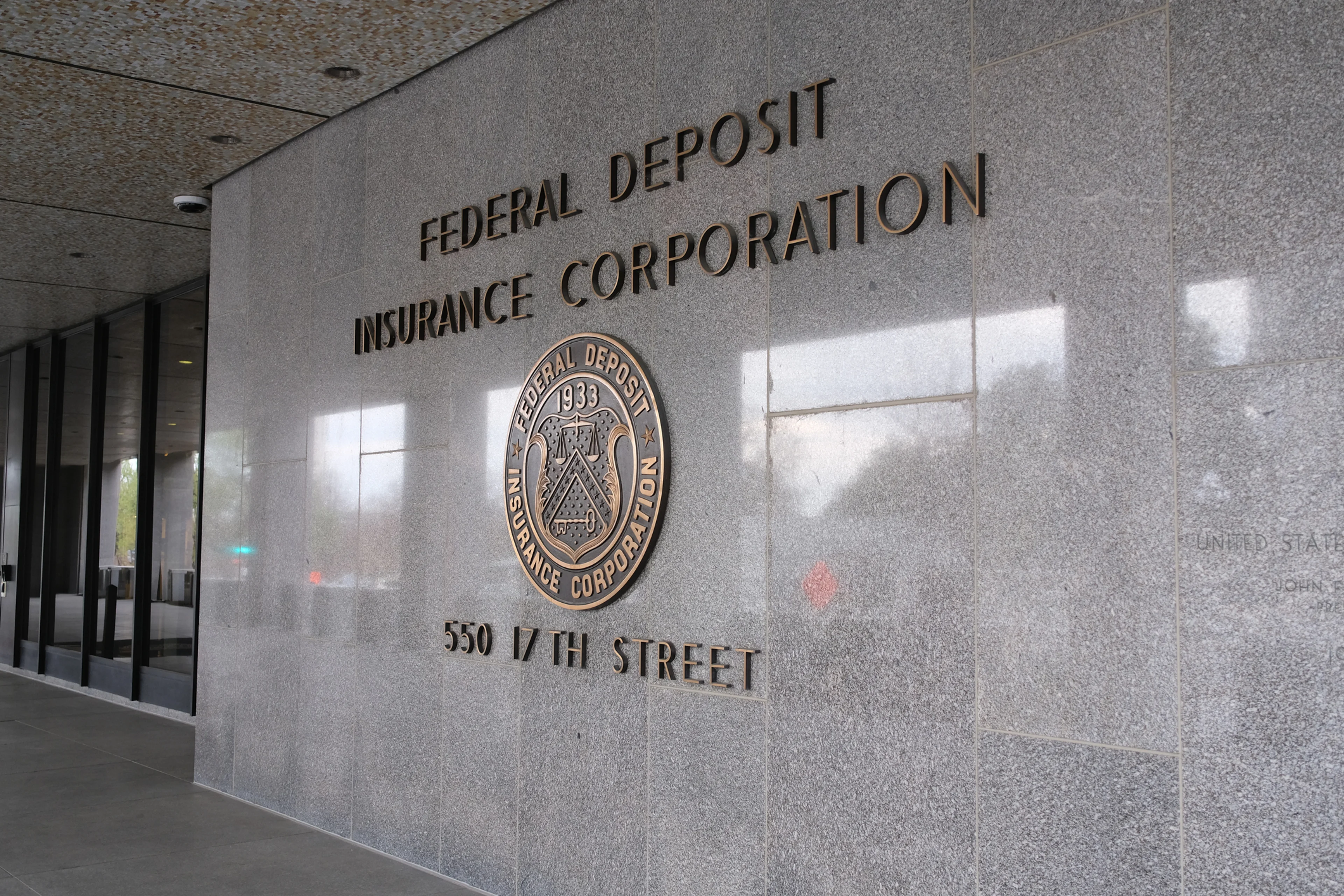
IRS Begins Transition to Electronic Payments, Phases Out Paper Refund Checks
The IRS, along with the U.S. Department of the Treasury (the Treasury), recently announced efforts to begin phasing out tax refund checks for U.S. taxpayers, beginning with individual filers. The efforts began on Sept. 30, 2025, as required by Executive Order 14247, and marks the first step of the broader transition to electronic payments.
About the Executive Order
According to the executive order, all federal departments and agencies must transition to electronic payments for all federal disbursements and receipts, which include payments to and from the Treasury for tax payments and refunds. The order was designed to help protect taxpayers from having payments lost or stolen, speed up refunds as well as cut costs of paper checks and delivery.
Electronic Payment Options
Below are electronic payment options to consider in preparation of these changes:
- Pay from a bank account using Direct Pay. No sign-in is required, but it will be necessary to verify your identity using information from a prior-year return. Payments accepted include:
- Balance due with Form 1040
- Estimated payments with Form 1040-ES
- Amended return payments with Form 1040-X
- Extension payments with Form 4868
- Pay by debit card, credit card or digital wallet. Fees may apply, depending on the type of processor and payment.
- Pay from IRS account. Taxpayers must have an ID.me account to access their IRS account. The portal allows taxpayers to view data from their recently filed return, check refund their status, view digital copies of IRS notices, schedule and cancel future payments, and more.
Next Steps
Detailed guidance for 2025 tax returns will be announced before the 2026 filing season begins. Until then, taxpayers should continue using existing forms and procedures, including those filing their 2024 returns on extension of a due date prior to Dec. 31, 2025. Our tax pros will continue to monitor updates as they are released and keep you informed.


